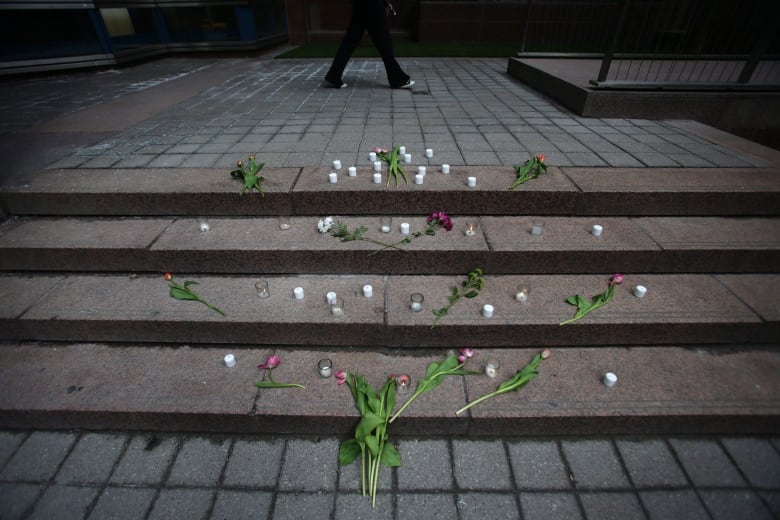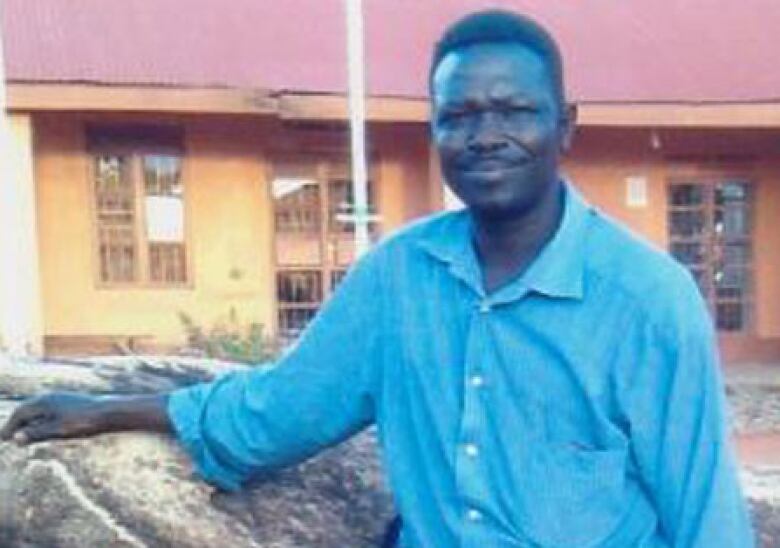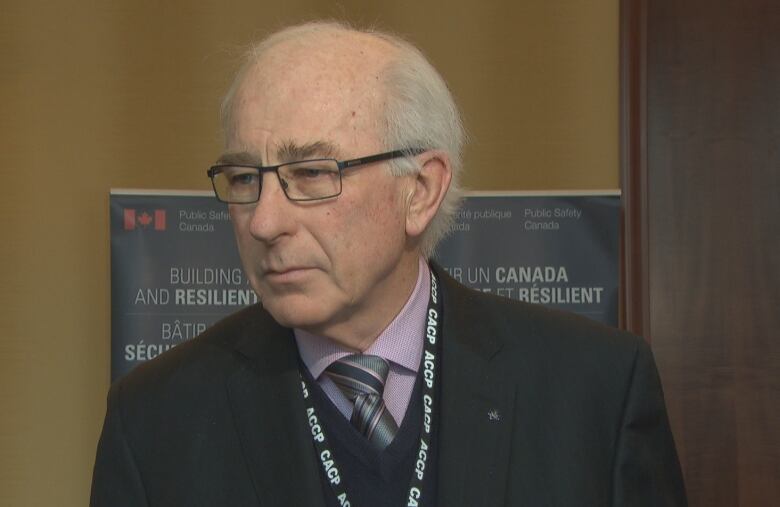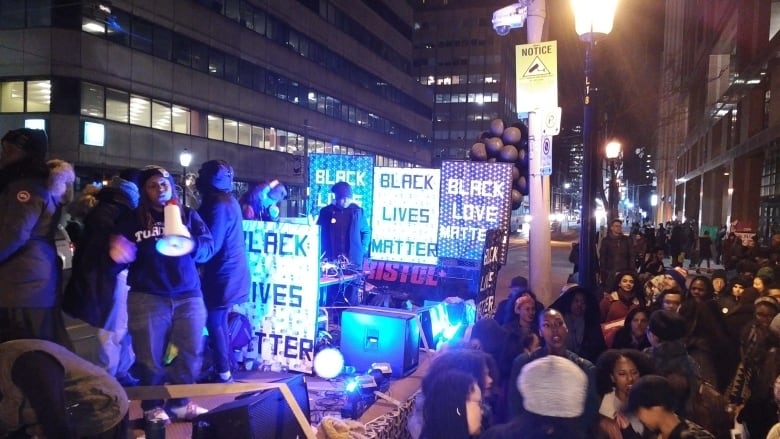19 seconds: That's how much time passed between a police order and Andrew Loku's fatal shooting
Graphic content warning: An audio recording in this story includes the sound of fatal gunshots
For at least four minutes and forty seconds, Andrew Loku stood in the hallway of his Toronto apartment building holding a hammer in his hands.
The hall echoedwith shouts, sounds of shattering, and allegations of death threats, according to audiocaptured froma 911 call onJuly 5, 2015.
In that time, no one wasinjured.
Then two police officers arrived, one twice shouting the same three words: "Drop the hammer. Drop the hammer."
Nineteen seconds later, Lokuwasshot to death.

The encounter with police
The father of five arrived in Canada as a Sudanese refugee in 2004.
He would be later diagnosed with post-traumatic stress disorderconnected to torture he suffered after being kidnapped in Sudan.
Loku, 45, was also a recovering alcoholic; his blood-alcohol level was at three times the legal limit to drive when he died, according to a toxicology report presented during a coroner'sinquestthat began this week.
The Special Investigations Unit a provincial watchdog that investigates whenever someone is seriously injured or killed in the presence ofpolice cleared the two officers involved in Loku'sdeath of any wrongdoing in March 2016, sparking days of protests by Black Lives Matter.
While the coroner's inquest cannot overturn that decision or make criminal findings, it will look at whether there are policy or training changes that could prevent similar fatalities.
- Here's the full transcript of the 911 call that preceded Andrew Loku's fatal shooting by police
- Andrew Loku inquest hears tampering with video of police shooting would be 'almost impossible'
- Internal review clears Toronto police officer who tried to download video of Andrew Loku's death
The 911 call preceding the shooting was released at the inquest this week, documentingthe last minutes of Loku's life.
A friend of one his neighbours placed the call about 10 minutes after police dropped Loku at home after finding him riding an e-bike onthe Don Valley Parkway, confused about how he got there, according to testimony at the inquest.
The second encounter with police was much shorter.
19 seconds
The officers arrive one a coach, the other a new recruit with a few months on the job and can soon be heard on the tape tellingLoku to drop his weapon.
Any other words exchanged in the next 19 seconds are distorted by a combination of yelling and the questions posed by the 911 operator.
Twogunshots, however, cut through the noise.
"Oh, my god," the 911 caller moans. "Oh, my god."
"What was that?" the operator asks her.
"That was gunshots," the caller replies. "Gunshots from the police officer."

A male voice can then be heard on the line telling everyone to stay in their apartments, a message that the operator repeats.
Muffled voices come from the caller's side of the phone, before shesays: "They killed him?"
"Oh, my," the 911 operator interrupts. "What?"
The next words are inaudible, masked by sounds of crying until achild asks, quietly: "He's dead?"
Allegations of death threats
The woman who called 911 that night had done so after Loku allegedly threatened to kill her friend, she told the operator. Lokuhad been making noise in his apartment and then followed the woman upstairs when she asked him to be quiet, her friend said.
He briefly entered the apartment and then continued to make death threats from outside where he wielded a hammer.
Police were informed they were responding to a situation in which a man had a weapon and had threatened to kill someone, the inquest heard earlier this week. It's unclear, however, if the type of weapon was named.

Terry Coleman, a former police chief with 35 years in uniform, raised the questionof whether the officers should have first tried harder to de-escalate the situation at the inquest Thursday.
He's now an academic who consults about policing and mental health. Hetold the inquest that officers should be as well trained on how bring calm to a situation as they are on how to use force.
Policing changes in B.C.
In British Columbia, officers now undergo crisis management and de-escalation training every three years. That policy came out of the 2010 inquiry into the death of Robert Dziekanski, a Polish man whowas fatally Tasered by RCMP members at the Vancouver airport in 2007.
The training teaches officers to slow down and try to create a rapport when they come up against someone in mental distress. It's an excellent model, Coleman said, and he noted that officers everywhere should have to retake that type of trainingregularly.
Jimmy Lee,the lawyer representing several Toronto police officers, questioned Coleman's assertion that officers should not automatically draw their weapons.
- Improved police training could prevent deaths of people with mental illness, experts say
- Andrew Loku was stopped by police 1 hour before officers shot him, inquest hears
"I'm suggesting to you that it would be almost criminally negligent for an officer [in this] situation, where somebody is threatening to kill somebody with a weapon, to come in there and not be prepared for an emergent situation immediately," Leesaid.
He noted that Toronto Police Const. Percy Cummins was fatally shot in 1981, alleging it was because he did not have his weapon out when he arrived.
The inquest into Loku's death continues Friday.

With files from Makda Ghebreslassie













_(720p).jpg)


 OFFICIAL HD MUSIC VIDEO.jpg)
.jpg)



























































































